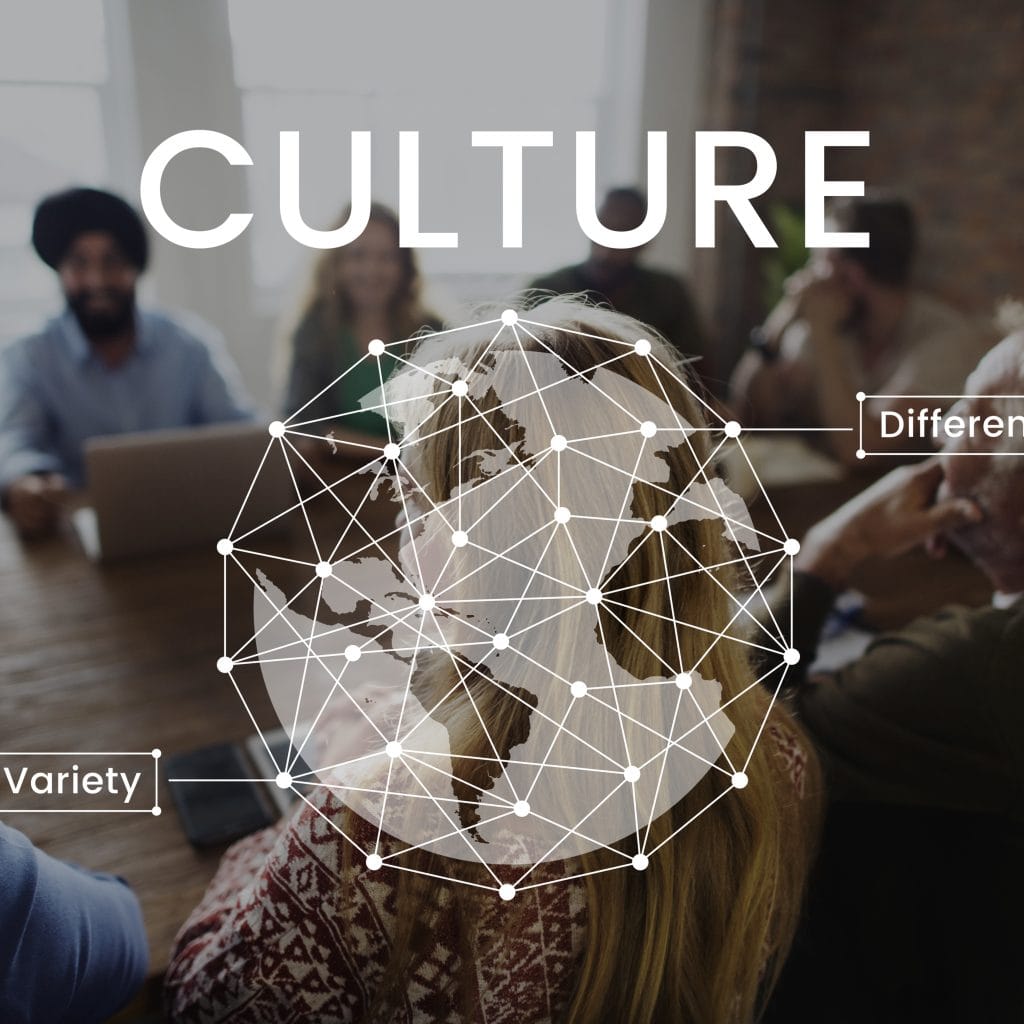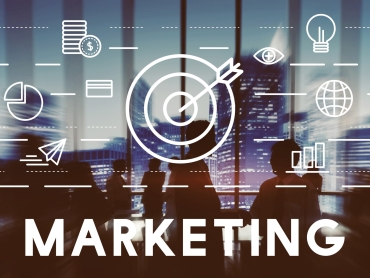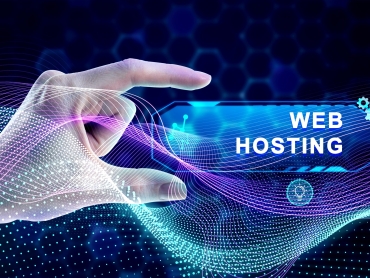In 2025, organizations are waking up to a powerful truth: IT success is not just about technology—it’s about people and culture. While servers, software, and cloud platforms form the foundation of digital operations, the real drivers of performance, resilience, and transformation are the human beings managing and innovating with those systems.
IT management has historically been viewed through a technical lens. Leaders focused on cost-efficiency, uptime, compliance, and incident response. Yet today’s landscape is dramatically different. The rise of hybrid work models, the acceleration of artificial intelligence (AI) adoption, and the relentless pace of digital transformation have pushed IT beyond a supporting role. IT is now a strategic partner in shaping business outcomes.
This shift means that people and culture in IT management are no longer soft issues relegated to HR—they’re critical levers for growth, competitiveness, and survival. Companies that cultivate strong IT cultures consistently outperform peers in innovation speed, cybersecurity resilience, employee retention, and overall business agility.
This article explores the concept of people and culture in IT management in depth: what it means, why it matters, how it directly impacts business performance, and practical strategies to build a thriving IT environment. Along the way, we’ll examine key challenges, real-world examples, and future trends that every business leader must consider.
The ultimate takeaway is simple: technology doesn’t transform businesses—people do. And the culture leaders create for their IT teams will determine not only IT’s success but the success of the organization as a whole.
What Do “People and Culture” Mean in IT Management?
At its core, people and culture in IT management refer to the intentional practices, values, and environments that empower technical professionals to do their best work. It’s about recognizing that IT is more than a collection of systems—it’s a community of individuals whose engagement, creativity, and collaboration drive results.
Shifting From Cost Center to Strategic Partner
For decades, IT departments were often treated as cost centers. They were tasked with maintaining systems, troubleshooting outages, and keeping the digital “lights on.” Success was measured in uptime, ticket resolution speed, and budget control.
Today, that perception is outdated. Modern IT leaders recognize that their teams are innovation engines. A healthy IT culture transforms IT professionals from order-takers into trusted advisors and strategic partners. They help shape business strategy, accelerate digital transformation, and create competitive advantage.
The Key Elements of IT Culture
Collaboration and Inclusivity
Strong IT cultures break down silos and encourage cross-functional teamwork.
Inclusivity ensures diverse perspectives, leading to more creative problem-solving.
Psychological Safety
IT teams deal with high-stakes systems where mistakes can be costly.
Cultures that promote psychological safety allow individuals to experiment, voice concerns, and innovate without fear of blame.
Continuous Learning
Technology evolves rapidly, making upskilling essential.
Great IT cultures invest in training, certifications, and mentorship, encouraging lifelong learning.
Purpose and Alignment
IT employees want to see how their work connects to business outcomes.
Cultures that align IT goals with organizational strategy create deeper engagement.
Adaptability
From cloud migrations to cybersecurity threats, IT is constantly changing.
Cultures that reward flexibility and adaptability outperform rigid, hierarchical structures.
Why IT Culture Is a Game-Changer in 2025
Several forces have converged to make IT culture a top priority in 2025.
1. Talent Is the Toughest Resource to Find—and Keep
The global tech talent shortage is one of the biggest challenges facing organizations. According to industry reports, millions of IT roles remain unfilled worldwide. For skilled professionals, opportunities are abundant—and they are increasingly selective about where they work.
Competitive salaries are no longer enough. Today’s IT workforce values growth opportunities, work-life balance, and positive culture. Companies that fail to offer these face high turnover, leading to stalled projects and rising recruitment costs.
2. Hybrid Work Is the New Normal
The pandemic normalized remote work, and hybrid models have become the standard for IT teams. While flexible arrangements improve work-life balance, they also create challenges in maintaining connection, belonging, and collaboration.
IT cultures that thrive in hybrid environments are intentional about communication, use digital collaboration tools effectively, and foster virtual team bonding. Leaders must create a culture where remote and on-site workers feel equally valued.
3. Change Is Relentless
The pace of change in IT is unprecedented. AI adoption, cloud migration, and cybersecurity threats evolve daily. Without a culture that embraces change and continuous learning, IT departments risk becoming bottlenecks instead of enablers.
In 2025, adaptability is not optional—it’s a cultural requirement. Teams must view change not as disruption but as an opportunity to innovate and grow.
4. IT as a Driver of Business Transformation
No major business initiative—whether entering new markets, digitizing customer experience, or modernizing supply chains—succeeds without IT. This reality makes IT culture a determinant of business success.
An IT department with a strong culture can:
Accelerate innovation, bringing products to market faster.
Strengthen cybersecurity, protecting brand trust.
Enhance agility, enabling businesses to pivot quickly in dynamic markets.
Organizations that overlook culture may find IT projects plagued by misalignment, burnout, or resistance, ultimately undermining transformation goals.
The Link Between IT Culture and Business Performance
Culture is not just about how people feel at work—it directly influences business outcomes. A strong IT culture translates into measurable results across innovation, productivity, customer satisfaction, and risk management. Let’s explore how.
1. Innovation as a Cultural Outcome
Innovation is not a department; it’s a mindset. Companies that cultivate inclusive and collaborative IT cultures see higher levels of innovation because employees feel safe to test new ideas and propose unconventional solutions.
Case Example: A global financial services company empowered its IT teams to dedicate 20% of their time to experimentation. Within a year, they developed a predictive fraud detection tool powered by AI, saving the company millions in potential losses.
The lesson: innovation thrives in cultures that encourage experimentation and accept failure as part of growth.
2. Productivity and Agility
When IT teams trust each other, share knowledge openly, and align with business goals, productivity skyrockets. Agile cultures reduce bottlenecks and accelerate time-to-market for projects.
Teams with high cultural alignment resolve incidents faster, deploy updates more frequently, and deliver higher-quality code.
Productivity gains are not just about “doing more work” but about delivering smarter, business-aligned outcomes.
3. Cybersecurity Resilience
Cybersecurity is as much about culture as it is about firewalls and software. IT departments with cultures of vigilance and accountability reduce the likelihood of breaches.
In organizations with weak cultures, employees may ignore security protocols or fail to report suspicious activity.
Strong cultures foster shared responsibility—everyone in IT, from interns to CIOs, understands their role in safeguarding digital assets.
4. Customer Experience
In the digital era, IT directly impacts the customer journey. Whether it’s app performance, website availability, or secure online transactions, IT is at the heart of customer experience.
A culture that prioritizes quality and continuous improvement ensures that IT contributes positively to customer satisfaction.
Conversely, toxic cultures with disengaged employees lead to outages, errors, and poor user experiences.
Building a Strong IT Culture: Strategies for Success
Creating a thriving IT culture doesn’t happen by accident—it requires deliberate leadership, structured frameworks, and continuous investment.
1. Lead with Vision and Empathy
Leaders shape culture through their behaviors and priorities. Successful IT leaders balance technical excellence with people-first management.
Vision: Articulate how IT supports the broader mission of the business. Employees should understand not only what they do but why it matters.
Empathy: Recognize the pressures IT professionals face—tight deadlines, late-night incidents, and high-stakes responsibilities—and provide support systems.
2. Foster Collaboration Across Functions
Silos are the enemy of innovation. IT leaders must create structures where teams collaborate across departments—engineering, security, operations, and business units.
Use Agile frameworks that encourage cross-functional squads.
Invest in collaboration tools like Slack, Microsoft Teams, or Atlassian products.
Celebrate wins collectively, not just within IT.
3. Invest in Continuous Learning
Technology changes fast. Without continuous learning, skills become obsolete. Forward-thinking cultures allocate time and budget for upskilling.
Offer access to certification programs (AWS, Azure, Google Cloud, cybersecurity, DevOps).
Encourage knowledge-sharing through internal tech talks and mentorship.
Reward employees who pursue lifelong learning.
4. Build Psychological Safety
Psychological safety means employees feel safe to take risks without fear of punishment. In IT, this is critical. Without it, people hide mistakes, stifle innovation, and avoid speaking up.
Normalize learning from failure. Conduct blameless postmortems after incidents.
Encourage all voices, not just senior engineers, in decision-making.
Reward transparency and accountability.
5. Align IT Goals with Business Strategy
Nothing kills motivation faster than feeling disconnected from organizational success. IT goals must map to business priorities.
For example, if the business aims to improve customer satisfaction, IT should set measurable goals like reducing app downtime or improving ticket response times.
Regularly communicate the impact IT initiatives have on revenue, customer retention, or innovation.
6. Create Career Growth Pathways
Retention depends on career development. Without clear growth opportunities, IT professionals will look elsewhere.
Develop dual career tracks: technical leadership (architect, principal engineer) and people leadership (team lead, manager).
Provide mentorship and coaching.
Offer rotational programs to broaden skillsets.
7. Embrace Diversity and Inclusion
Diverse IT teams outperform homogeneous ones in problem-solving and innovation. But diversity must be matched with inclusive practices.
Ensure hiring practices reduce bias.
Create mentorship programs for underrepresented groups.
Celebrate cultural differences as strengths.
8. Use Technology to Strengthen Culture
Ironically, IT teams can use technology itself to build stronger cultures.
Leverage collaboration platforms to maintain connection in hybrid work.
Use analytics tools to track employee engagement.
Implement knowledge management systems to share expertise across the organization.
Challenges in Shaping IT Culture
Building a strong IT culture is not without obstacles. Leaders must navigate challenges carefully.
Resistance to Change
Some employees resist cultural shifts, preferring established ways of working. Leaders must communicate clearly, involve teams in change design, and demonstrate benefits.
Cross-Cultural and Global Teams
Global IT departments span multiple time zones, languages, and cultural norms. Leaders must balance standardization with respect for local practices.
Balancing Innovation and Security
Encouraging experimentation while maintaining cybersecurity and compliance can create tension. The best cultures manage this balance by embedding security into the innovation process (“DevSecOps”).
Burnout and Well-Being
IT is high-pressure. Without cultural support for well-being, employees burn out. Leaders must normalize breaks, reasonable workloads, and work-life balance.
The Future of People and Culture in IT Management
As we look ahead to 2030 and beyond, it becomes clear that IT management will continue to evolve in response to technological, economic, and social forces. But one constant will remain: the importance of people and culture in shaping IT’s ability to deliver value. Let’s explore the trends and predictions that will define the future.
1. AI and Automation as Cultural Catalysts
Artificial intelligence and automation will fundamentally reshape IT work. Repetitive tasks—like monitoring systems, patching vulnerabilities, and handling routine service desk tickets—are increasingly automated.
This doesn’t mean IT professionals will become obsolete. Instead, their roles will shift toward strategic, creative, and problem-solving activities. But for this transition to succeed, organizations must build cultures that:
Encourage reskilling: AI will create demand for new skills in machine learning, data ethics, and AI governance.
Value human judgment: Even with AI, complex decisions require human oversight, creativity, and ethics.
Reduce fear of replacement: Cultures that treat AI as a partner, not a threat, will keep employees motivated.
2. Hybrid Work Will Mature Into “Work From Anywhere”
By 2030, the concept of hybrid work will expand into true work-from-anywhere models. IT professionals may work across countries, continents, and even across time zones seamlessly.
Cultural implications include:
A need for asynchronous communication norms to replace the expectation of real-time collaboration.
Investment in immersive digital workspaces (AR/VR-driven collaboration).
Stronger emphasis on results-based performance rather than hours logged.
3. Diversity, Equity, and Inclusion Will Become Business Imperatives
The IT workforce of the future will be more global, multicultural, and multigenerational than ever before. Diversity will no longer be a “check-the-box” exercise—it will be a competitive advantage.
Future-ready IT cultures will:
Prioritize equity in career opportunities.
Create inclusive leadership pipelines.
Integrate accessibility into digital solutions.
4. Continuous Transformation Will Be the Norm
Business transformation is no longer a project with a start and end date—it’s a permanent condition. IT teams must embrace a culture of continuous transformation.
This means:
Iterating digital strategies instead of delivering “big bang” overhauls.
Embedding learning and adaptation into daily routines.
Building resilience into systems and people alike.
5. The Rise of Human-Centered Digital Leadership
Future IT leaders will not be evaluated only by technical expertise but by their ability to inspire, empower, and connect. Human-centered leadership will become the gold standard.
Key traits of future IT leaders include:
Empathy: Understanding the human impact of digital change.
Transparency: Building trust through clear communication.
Mentorship: Developing the next generation of IT professionals.
Vision: Connecting IT innovation to long-term business goals.
Practical Steps for Leaders: Building Future-Ready IT Cultures
Here are actionable steps leaders can take today to prepare their IT cultures for tomorrow:
Establish a Learning-First Culture
Provide dedicated training budgets.
Reward employees who earn certifications or share expertise.
Redesign Work for Flexibility
Normalize flexible schedules.
Provide the tools and infrastructure for secure remote work.
Invest in Employee Experience
Conduct regular engagement surveys.
Act on feedback promptly.
Offer wellness programs tailored for IT’s high-stress environment.
Integrate Diversity and Inclusion into Strategy
Tie DEI metrics to leadership performance reviews.
Expand recruitment pipelines to underrepresented groups.
Foster a Culture of Experimentation
Encourage pilot projects and proof-of-concepts.
Create safe environments for failure.
Make IT a Visible Business Partner
Showcase IT’s contributions to customer success.
Include IT leaders in strategic planning meetings.
Case Studies: Culture Driving IT Success
Case Study 1: Microsoft’s Growth Mindset Culture
Microsoft transformed its IT and engineering culture under Satya Nadella by embracing a “growth mindset.” Instead of punishing mistakes, leaders encouraged learning and curiosity. The result? A revitalized culture that drove massive innovation in cloud computing and AI.
Case Study 2: Spotify’s Squad Model
Spotify organizes IT teams into small, autonomous “squads” with ownership over specific features. This culture of empowerment and accountability has enabled rapid innovation and a world-class digital product experience.
Case Study 3: Government IT Modernization
A European government IT department adopted agile frameworks and invested in upskilling its workforce. Within two years, project delivery speed doubled, cybersecurity posture improved, and employee retention increased significantly.
Conclusion: Technology Doesn’t Transform Businesses—People Do
As organizations race into an increasingly digital future, one lesson stands clear: the fate of IT success rests not on technology alone, but on people and culture.
People bring creativity, judgment, and problem-solving skills that machines cannot replicate.
Culture provides the foundation for collaboration, innovation, and resilience.
In 2025 and beyond, IT departments that thrive will be those that:
Prioritize continuous learning and adaptability.
Foster inclusivity, psychological safety, and engagement.
Align IT strategies with broader business goals.
Embrace AI, hybrid work, and transformation as opportunities, not threats.
For leaders, the call to action is urgent: invest in people and culture with the same rigor as technology. Because in the end, culture is not just an HR initiative—it’s the operating system of your IT department. And in the digital era, the right culture will make the difference between organizations that simply survive and those that lead.








